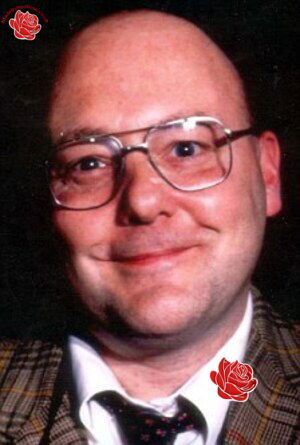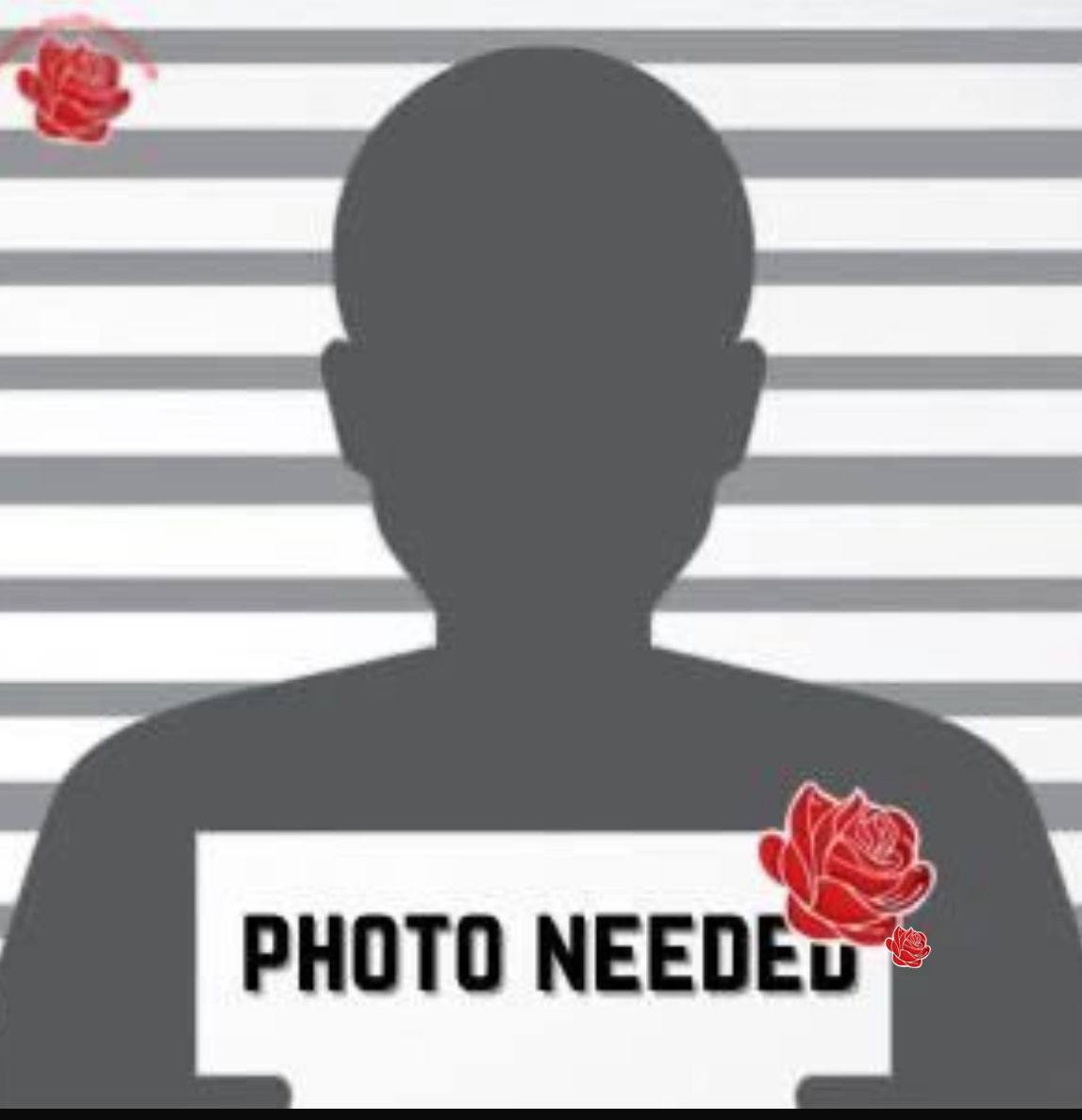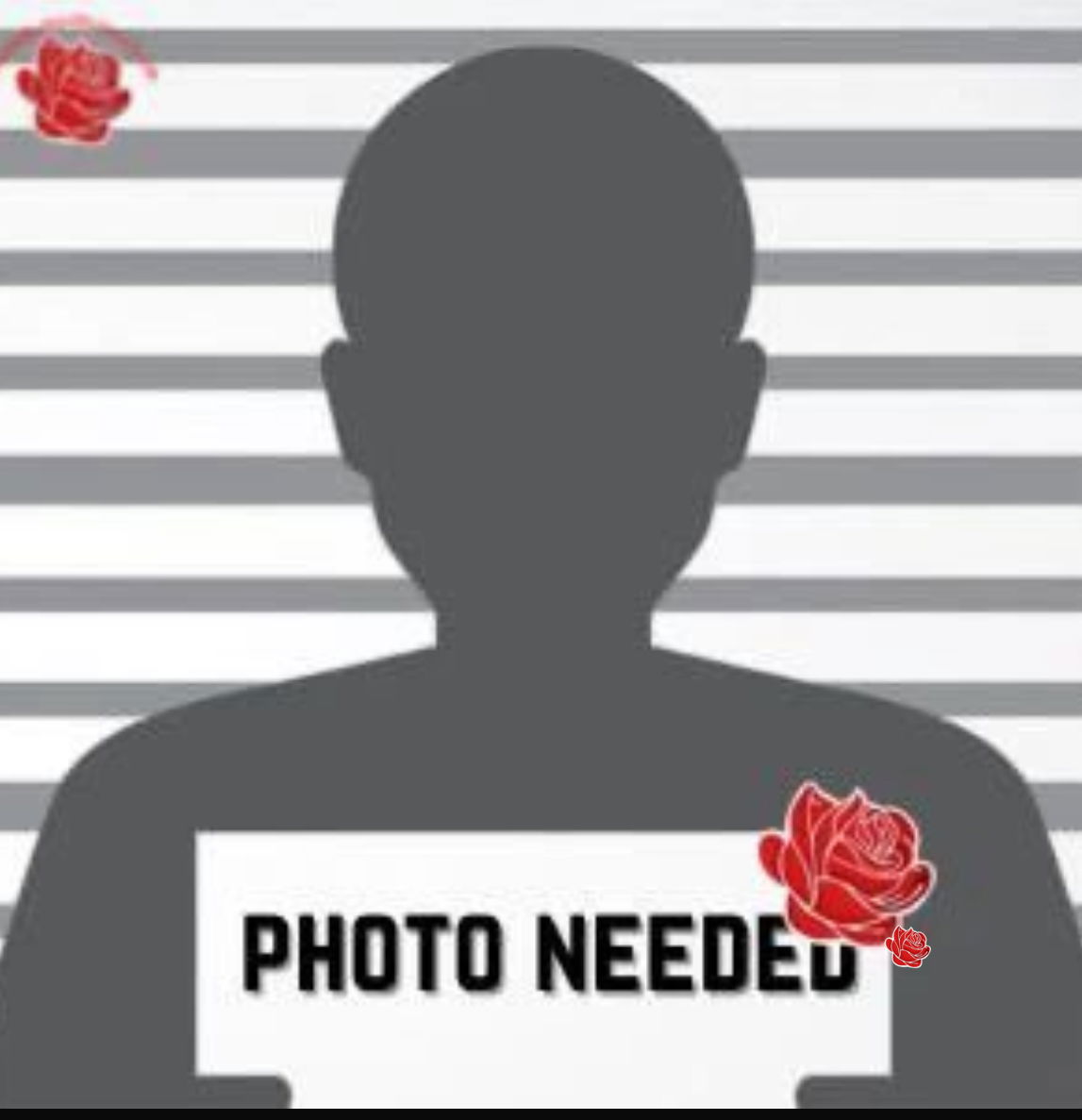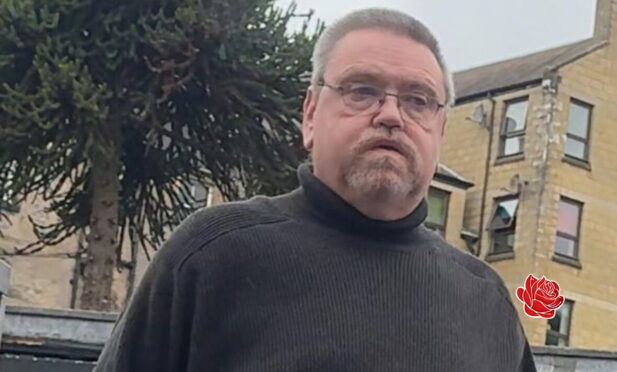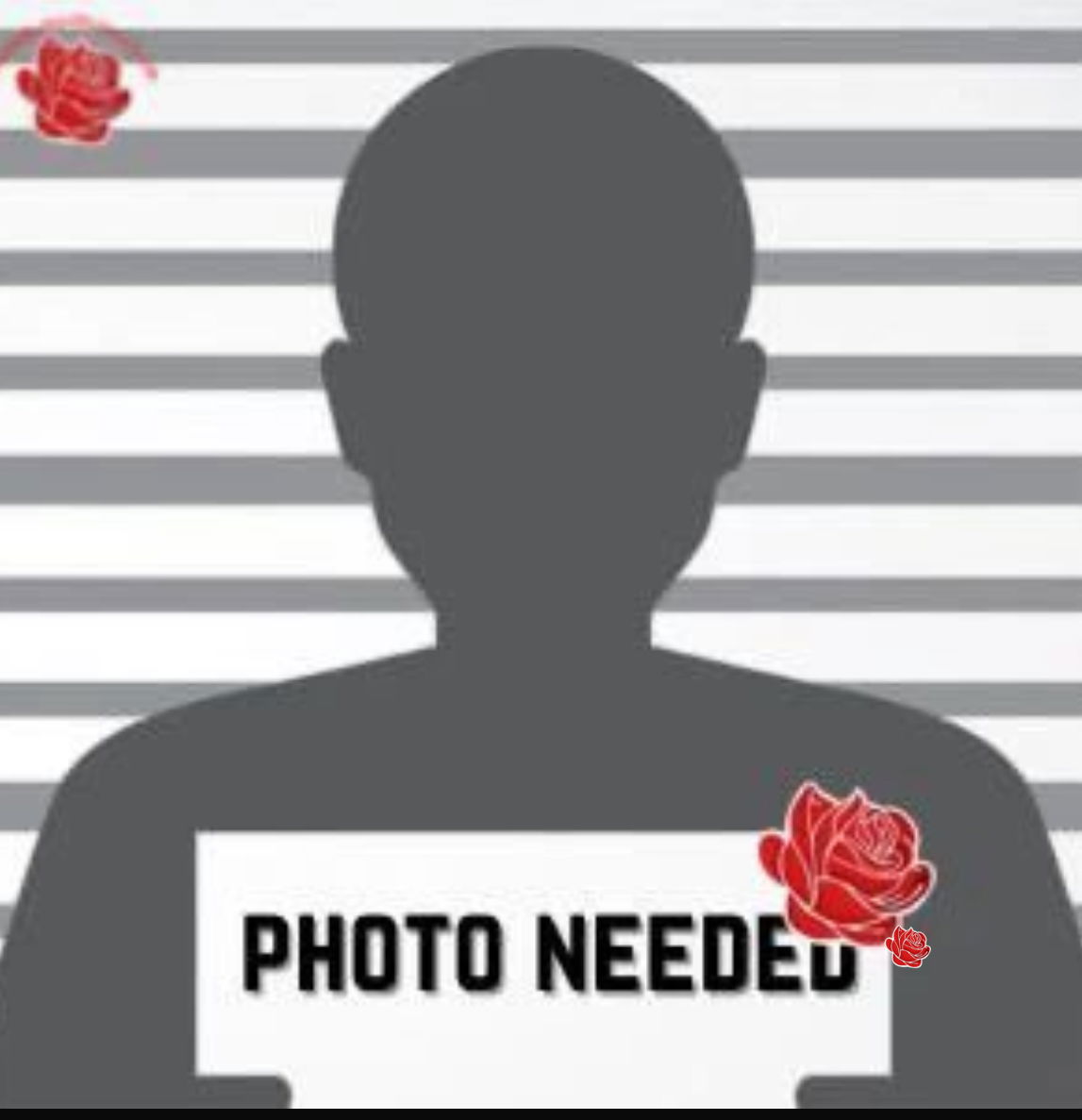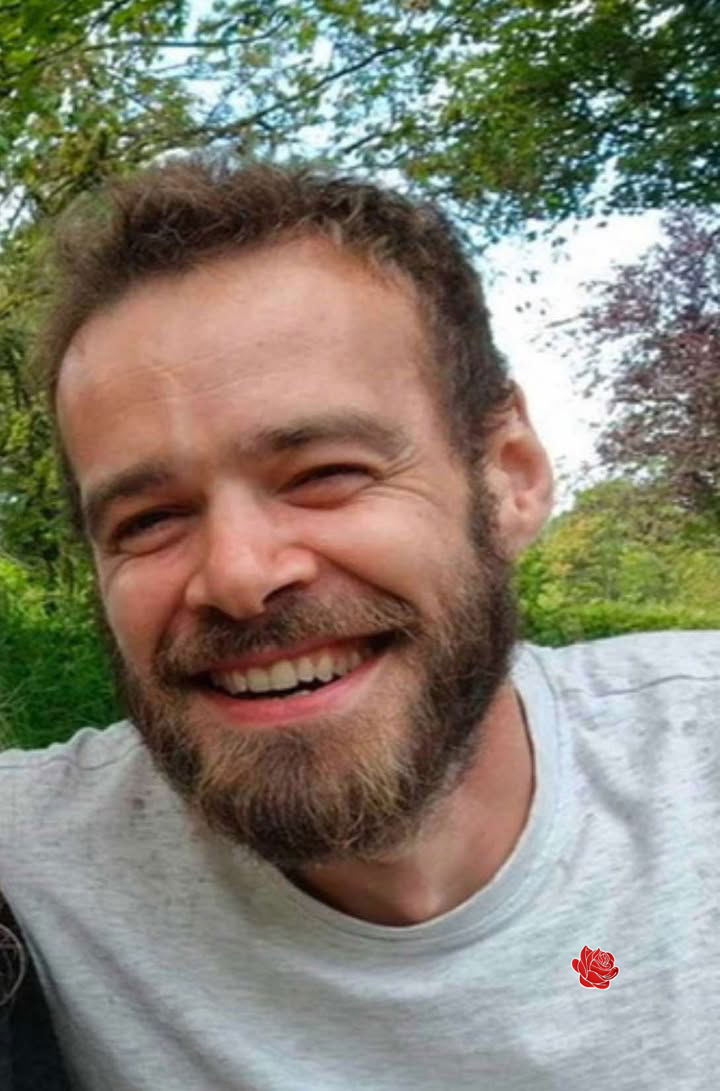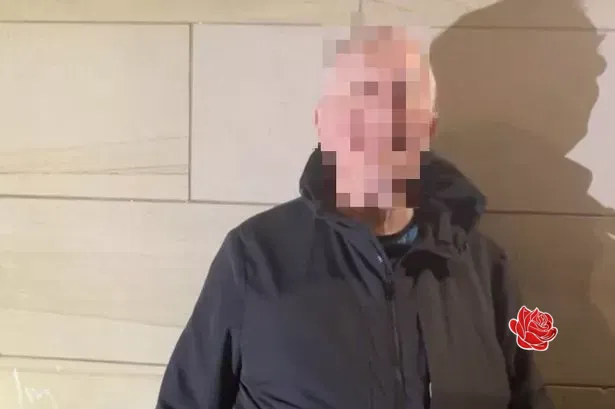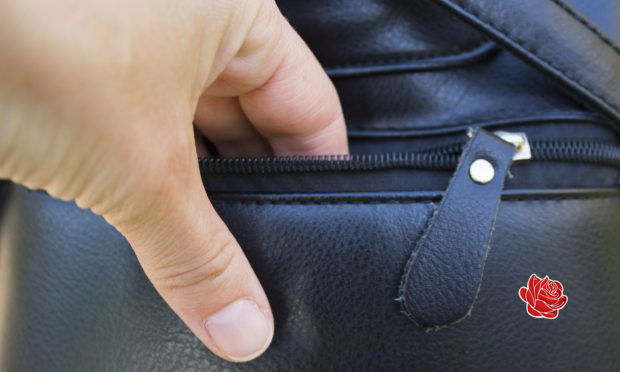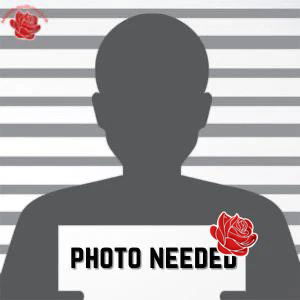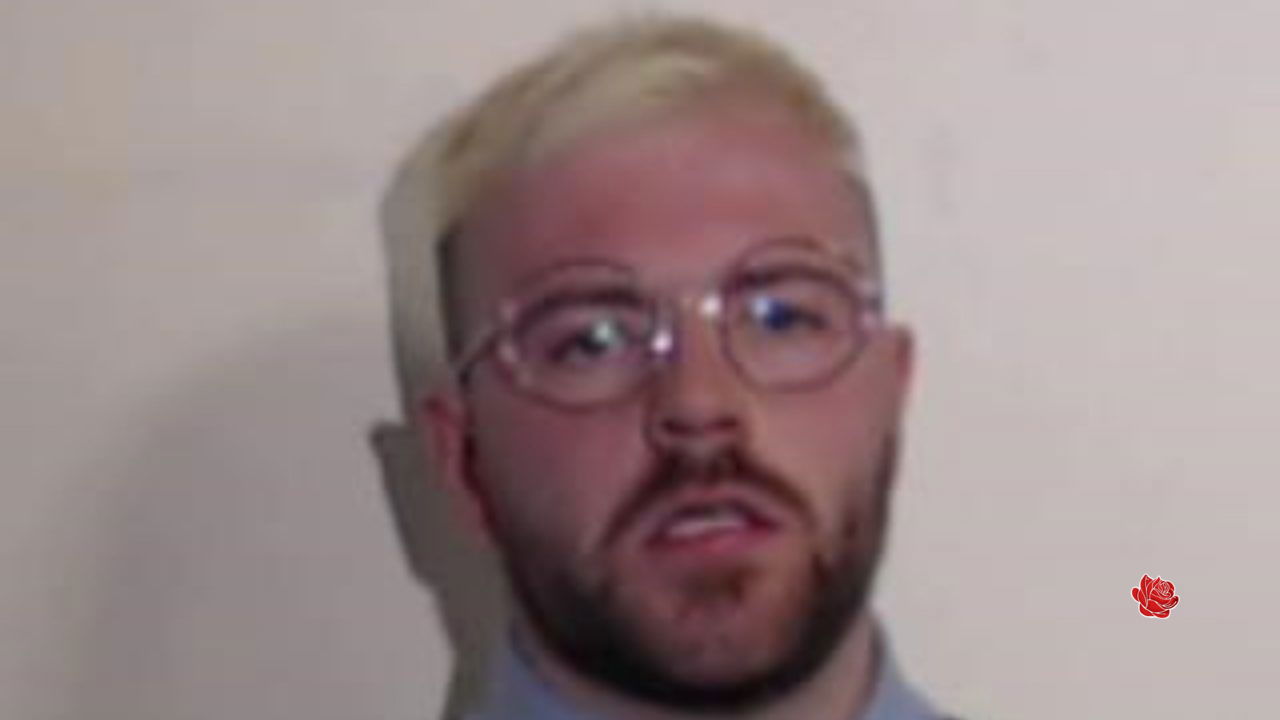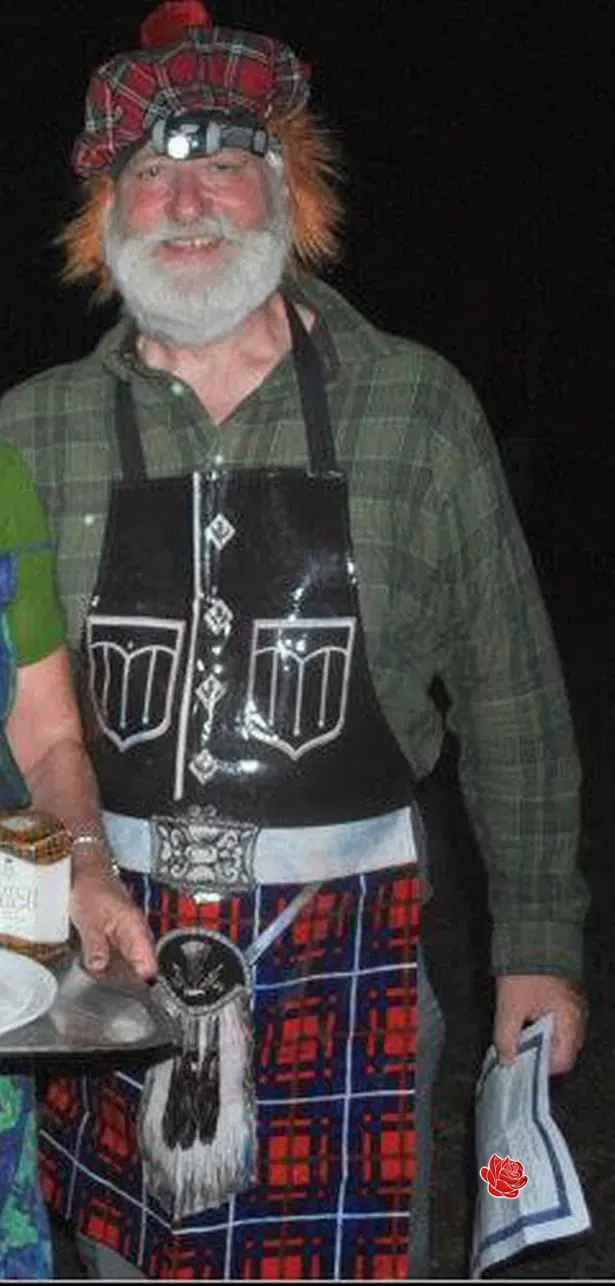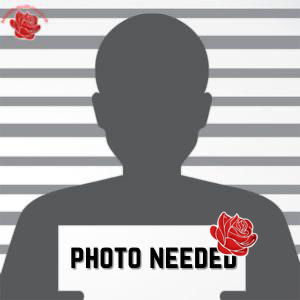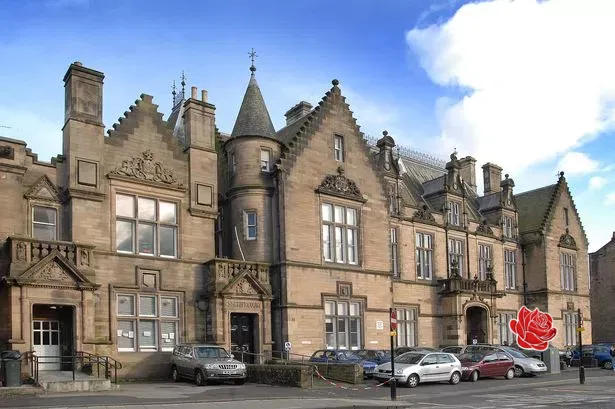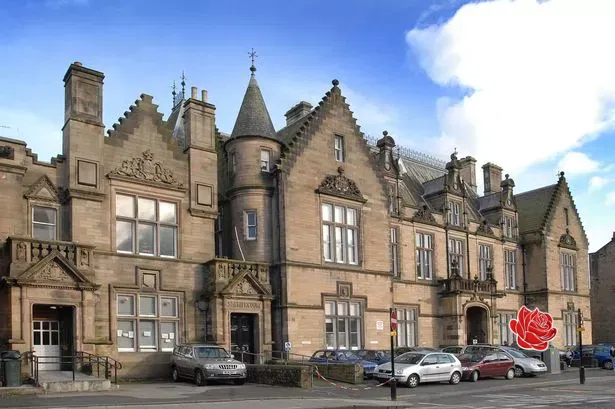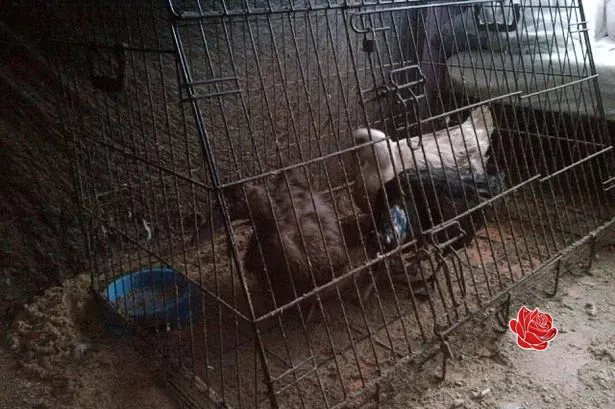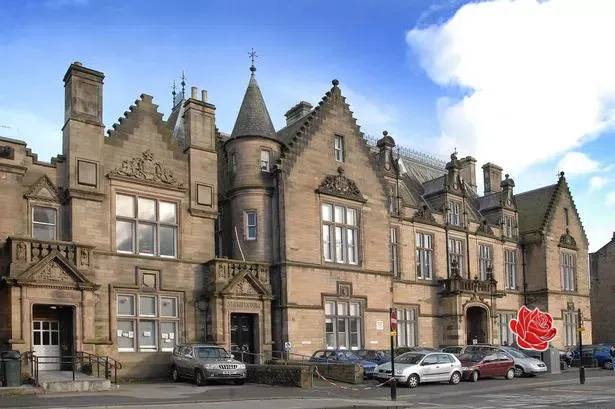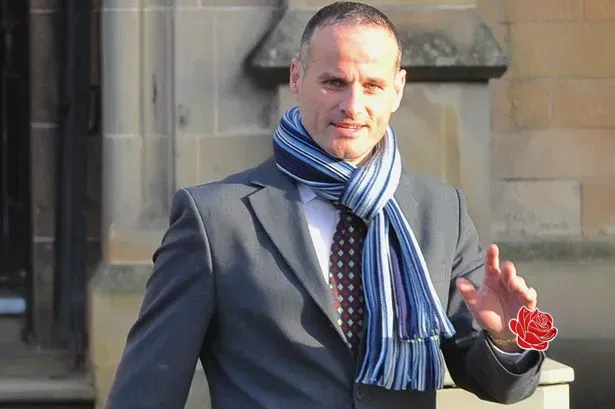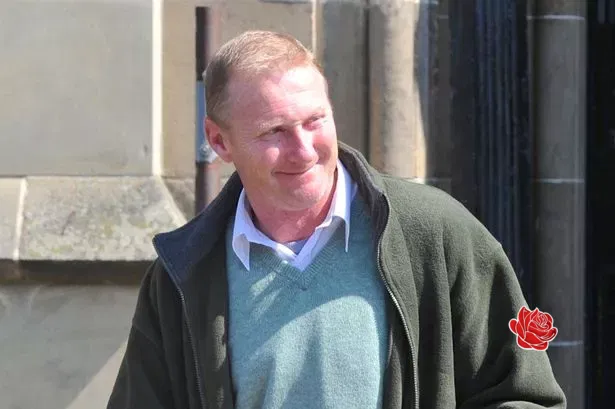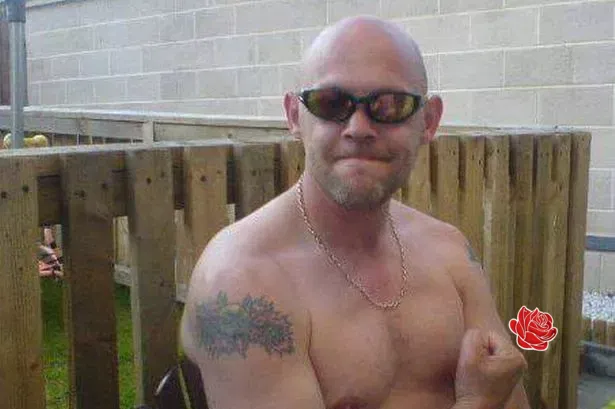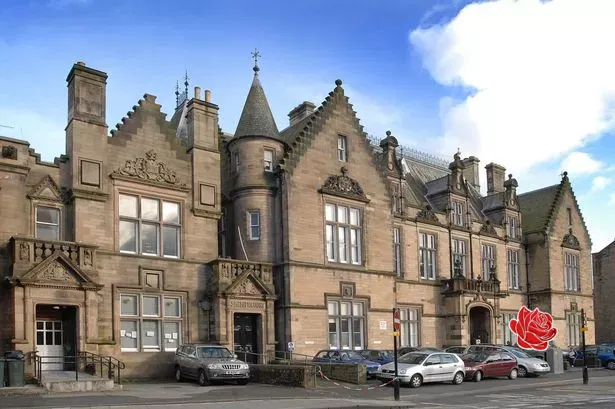Thomas Hamilton's Social Media Accounts
Know a Social Media Account Linked to Thomas Hamilton?
Want to add information? Log in to your account to contribute accounts and phone numbers.
THOMAS HAMILTON'S TRAGIC MASSACRE IN DUNBLANE: STIRLING'S DARK SECRET UNVEILED
On the tragic day of March 13, 1996, the quiet Scottish town of Dunblane was shattered by a horrific act of violence that would forever stain its history. The perpetrator, Thomas Hamilton, a 43-year-old man with a complex and troubled background, entered Dunblane Primary School armed with four legally owned handguns, unleashing a wave of terror that resulted in the deaths of sixteen young children and one adult before he took his own life.Hamilton, who was once a Scout leader in the Stirling area, carried with him a significant arsenal—two 9mm Browning HP pistols and two Smith & Wesson M19 .357 Magnum revolvers, along with a staggering 743 cartridges. Police investigations later revealed that he had meticulously loaded his magazines with a mixture of full-metal-jacket and hollow-point ammunition, indicating a calculated and deliberate intent.
Upon gaining entry into the school, Hamilton made his way directly to the gymnasium, where he opened fire on a Primary One class of five- and six-year-olds. The attack was devastating; all but one child in the classroom were either killed or wounded. Among the victims was Gwen Mayor, the class teacher, who was tragically shot while attempting to shield her students. Hamilton then exited the gymnasium through an emergency exit, and in the playground outside, he continued his assault by firing into a mobile classroom. A teacher inside, who had sensed danger, had instructed the children to hide under tables, but bullets still penetrated the classroom, embedding themselves in books and equipment, with one passing through a chair used moments earlier by a child.
He also shot at a group of children walking in a corridor, injuring another teacher in the process. After these heinous acts, Hamilton returned to the gymnasium, where he committed suicide by firing a shot upwards into his own mouth. Emergency services responded swiftly, rushing eleven children and three adults to hospitals. Sadly, one child, Mhairi Isabel MacBeath, was pronounced dead upon arrival.
Hamilton’s motives remain shrouded in mystery. However, prior to the massacre, there had been numerous complaints and suspicions regarding his suspicious behavior towards young boys involved in youth clubs he directed. There were allegations that Hamilton’s interest in boys was paedophilic, with reports of him taking photographs of semi-naked boys without parental consent, raising serious concerns about his intentions.
His history as a Scout leader with the 4th/6th Stirling and 24th Stirlingshire troops was marred by multiple complaints. Notably, there were incidents where Scouts were forced to sleep with him in his van during hill-walking expeditions. His Scout Warrant was revoked on May 13, 1974, after authorities expressed suspicion about his moral intentions towards boys.
In the years leading up to the tragedy, Hamilton expressed grievances through letters, claiming that rumors about him had led to the failure of his shop business in 1993. He also alleged that his attempts to establish a boys’ club were persecuted by local police and the Scout movement. These letters, addressed to figures such as Queen Elizabeth, MP Michael Forsyth, and others, detailed his belief that he was a victim of a conspiracy. Hamilton also blamed the Scout officials for spreading false rumors, which he claimed had caused him untold damage over the years.
His personal life was marked by a troubled family background. His mother, Agnes, born in 1931, was an illegitimate child who was given away to relatives to avoid scandal. She later married Thomas Watt, a Glasgow bus driver, with whom she had Thomas Hamilton in 1952. After his father abandoned the family, Hamilton was adopted by James and Catherine Hamilton, with his mother becoming his 'older sister.' Agnes Hamilton has publicly expressed her disbelief that her son could have committed such atrocities, stating, “He seemed to get on with everyone I know of. I know he had pictures of boys when they went out camping and things like that but I never thought he was capable of anything like this.”
Thomas Watt, Hamilton’s biological father, has denied any involvement or knowledge of his son’s actions, claiming he had no idea whether Hamilton was alive or dead until the massacre occurred. His grandfather, James Hamilton, who lived with Thomas until 1992, described a strained relationship, alleging that Thomas humiliated him and pushed him around, leading to their estrangement.
In the aftermath of the massacre, Hamilton’s life and motives have been scrutinized extensively. It was revealed that he had a long history of suspicious behavior, including photographs of boys in swimming trunks, and had been involved in various youth activities that raised eyebrows. Despite multiple investigations by Scottish police forces, no concrete charges of molestation were ever proven against him. His expulsion from the Scouts in 1974 was for reasons considered trivial by many, and there was no evidence at the time to suggest he was a pedophile.
Throughout the years, Hamilton maintained a facade of respectability, often convincing others of his innocence. He was known to have organized boys’ clubs and sports activities, citing his former Scout leadership as proof of his responsibility. However, rumors persisted, and some residents of Stirling and Dunblane recalled his odd behavior and the disturbing images on his walls. Several witnesses, including MP George Robertson, who sent his son to Hamilton’s club, expressed unease about what they observed but did not have proof of misconduct.
In the days following the tragedy, investigations into Hamilton’s life continued, revealing a pattern of mounting suspicion, failed police inquiries, and attempts by Hamilton to defend his reputation. He had written letters to authorities and public figures, claiming victimization and conspiracy. Despite these efforts, the true motives behind his actions remain elusive, with many questioning whether his long-standing grievances and mental state contributed to his catastrophic act.
As the community of Dunblane mourns, questions linger about how such a tragedy could have been prevented. The case of Thomas Hamilton serves as a stark reminder of the devastating consequences that can arise from unchecked suspicion, failed oversight, and the tragic failure to recognize warning signs. The scars left on Dunblane and Stirling will remain for generations, a somber testament to a day when innocence was shattered forever.
